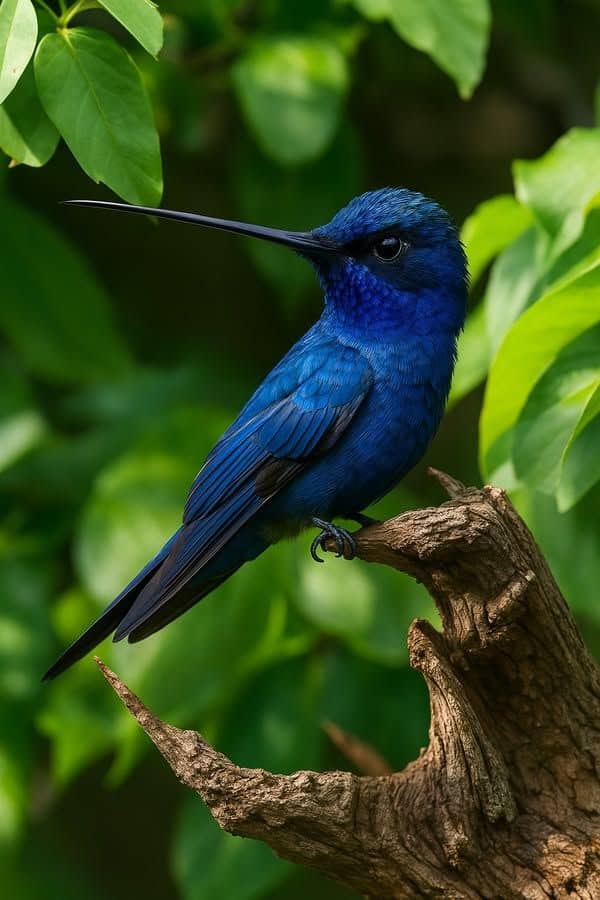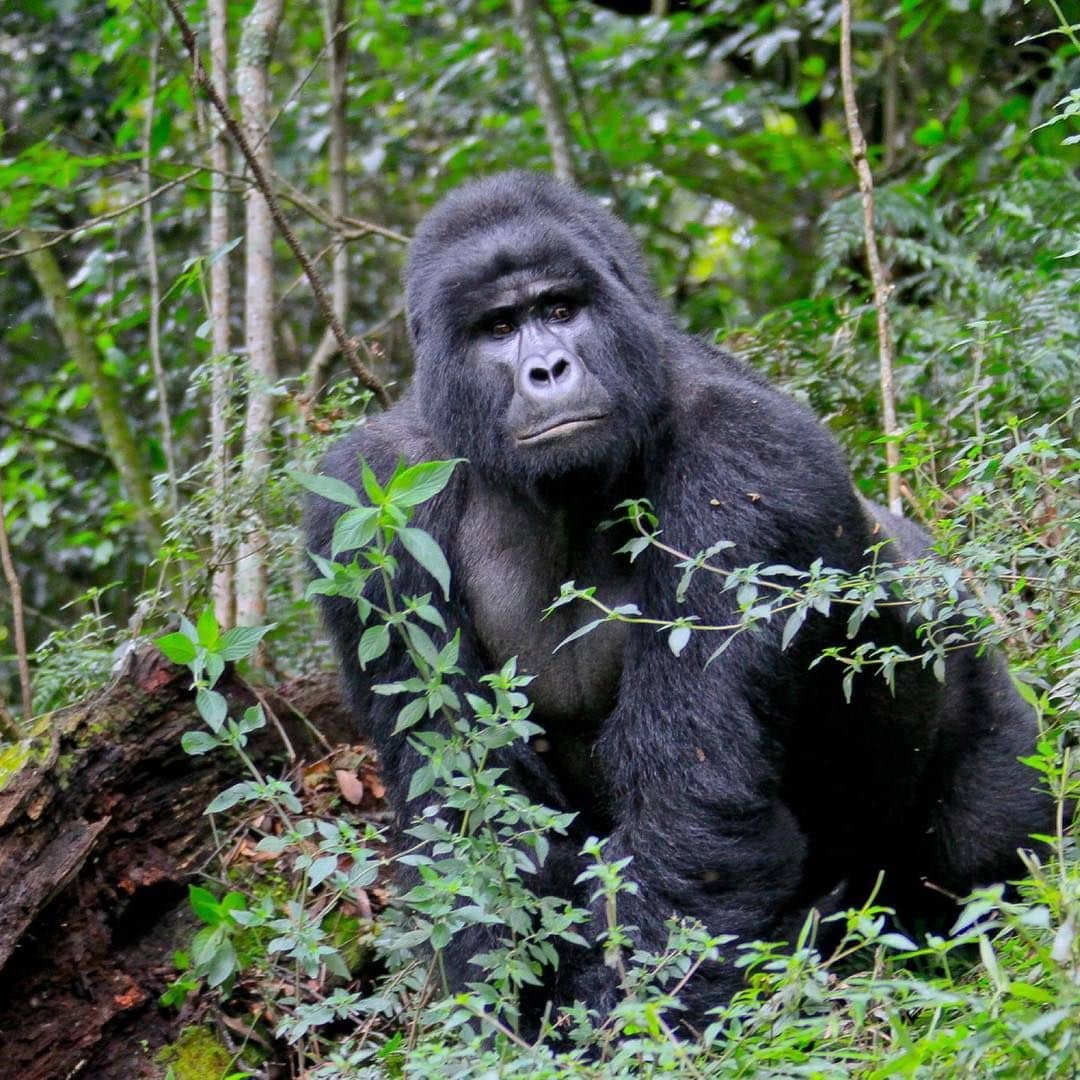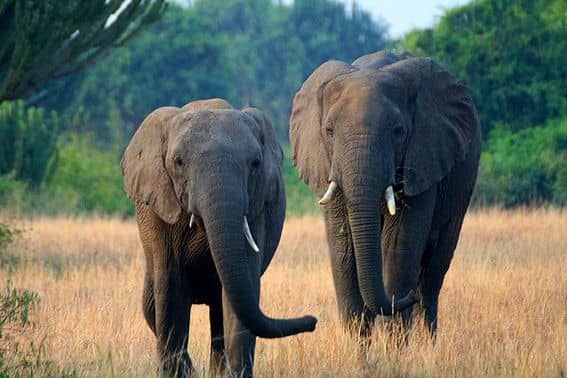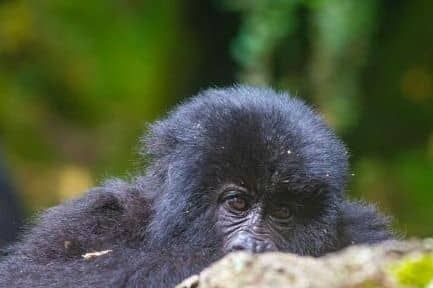Birding in Queen Elizabeth National Park

Welcome to a park where the wildlife drama unfolds on an epic scale. Queen Elizabeth National Park (QENP) is Uganda’s most popular savanna reserve, famously home to tree-climbing lions, majestic elephants, and sprawling herds of buffalo. But for those with a keen eye and a pair of binoculars, this park holds an even greater secret: it is one of the most diverse and thrilling birding destinations on the entire continent.
This guide is dedicated to the unparalleled experience of Birding in Queen Elizabeth National Park. We will explore the vast habitats that make it unique, highlight the incredible species you can expect to find, and provide practical tips to plan your avian safari. Whether you’re a dedicated twitcher or a casual nature lover, understanding the opportunities for Birding in Queen Elizabeth National Park will completely transform your visit. Prepare to discover why this biodiverse wonderland is a true melting pot for birdlife.
Why QENP is a Birder’s Paradise
The secret to the park’s incredible bird diversity lies in its spectacular variety of ecosystems. Unlike any other single park in East Africa, QENP boasts:
-
Open Savannah: Grassy plains teeming with larks, pipits, and raptors.
-
Acacia Woodland: Home to barbets, woodpeckers, and hornbills.
-
Lush Wetlands & Swamps: Papyrus-lined channels hiding specialized species.
-
Crater Lakes: Alkaline and freshwater lakes attracting flamingos and waterfowl.
-
Forest Galleries: Riverine forests offering a different set of forest birds.
-
The Massive Kazinga Channel: A 40-kilometer-long natural magnet for waterbirds.
This convergence of habitats within a single park’s boundaries explains its staggering checklist of over 600 bird species, the highest of any national park in Africa. This makes Birding in Queen Elizabeth National Park an endlessly rewarding pursuit.
Prime Birding Locations & Key Species Within the Park
To make the most of your trip, focus on these specific areas, each offering a unique avian community.
1. The Kazinga Channel: The Birding Superhighway
A boat cruise along the Kazinga Channel is not just a leisure activity; it is arguably the best water-based birding safari in Africa. The banks are constantly lined with birds, offering non-stop action.
-
Key Species to Spot: Great White and Pink-backed Pelicans, African Skimmer, Yellow-billed Stork, Saddle-billed Stork, African Spoonbill, numerous herons and egrets, and the mighty Martial Eagle and Fish Eagle scanning from perches above.
-
Experience: The slow-moving boat provides a stable platform for photography and observation, getting you remarkably close to huge concentrations of wildlife.
2. The Kasenyi Plains & Mweya Peninsula: Savanna Specials
The vast grasslands are where you’ll find classic savanna birds, often seen during your game drives in search of lions and elephants.
-
Key Species to Spot: Secretary Bird, Black-bellied Bustard, Swallow-tailed Bee-eater, several species of larks and cisticolas, and the ground-hornbill. Raptors are abundant, including Bateleurs, Brown Snake Eagles, and Wahlberg’s Eagles.
-
Experience: This is classic African birding from the comfort of your safari vehicle, with your guide helping you spot species camouflaged in the grass.
3. The Ishasha Sector: More Than Just Tree-Climbing Lions
The remote southern sector of Ishasha is famous for its lions that lounge in fig trees. Its grassland and acacia habitats host a different set of avian treasures.
-
Key Species to Spot: The elusive Shoebill Stork can sometimes be found in the Ishasha wetlands (especially around Lake Edward), along with Papyrus Gonolek, White-winged Warbler, and the beautiful Denham’s Bustard.
-
Experience: A sense of remote wilderness birding, often with fewer vehicles, making for a more private and immersive experience.
4. Maramagambo Forest: The Forest Gallery
This dense tropical forest offers a cool, shaded contrast to the open savanna and is a haven for forest-dwelling species.
-
Key Species to Spot: Forest Flycatchers, Narina Trogon, White-naped Pigeon, and the spectacular Great Blue Turaco. The area is also known for its bat cave, which attracts hungry Bat Hawks.
-
Experience: Birding here is done on foot along well-maintained trails, offering a peaceful and active way to explore.
Practical Tips for Birding in Queen Elizabeth National Park
-
Best Time to Visit: Birding is excellent year-round, but the best time is during the wetter seasons (March-May and September-November). This is when migratory birds are present, food is abundant, and birds are in breeding plumage and most vocal.
-
Hire a Specialist Guide: While all safari guides are knowledgeable, consider requesting a guide with specific birding expertise. Their ability to identify birds by call and sight will immensely enrich your experience.
-
What to Pack:
-
Binoculars (Essential): A good pair (8×42 or 10×42) is your most important tool.
-
Field Guide: Bring a bird book like Stevenson & Fanshawe’s “Birds of East Africa.”
-
Camera & Zoom Lens: You’ll want to capture the incredible diversity.
-
Neutral-Colored Clothing: Opt for khaki, green, or brown to blend into the environment.
-
-
Don’t Just Look for Mammals: It’s easy to be distracted by the big game. Remember to regularly scan the trees and skies for avian action.
An Unforgettable Avian Spectacle
The experience of Birding in Queen Elizabeth National Park is defined by its sheer abundance and variety. One moment you’re admiring a majestic eagle soaring overhead, the next you’re captivated by a tiny, iridescent sunbird feeding on a flower. The boat cruise alone will leave you with a memory card full of photographs and a checklist dozens of species longer.
It is this incredible accessibility of diverse species within a compact area that truly defines the magic of Birding in Queen Elizabeth National Park. It offers the complete African safari experience, where the thrill of the Big Five is perfectly complemented by the wonder of the six hundred.
Have you been birding in QENP? Which of these amazing birds is at the top of your must-see list? Share your stories and questions in the comments below!



